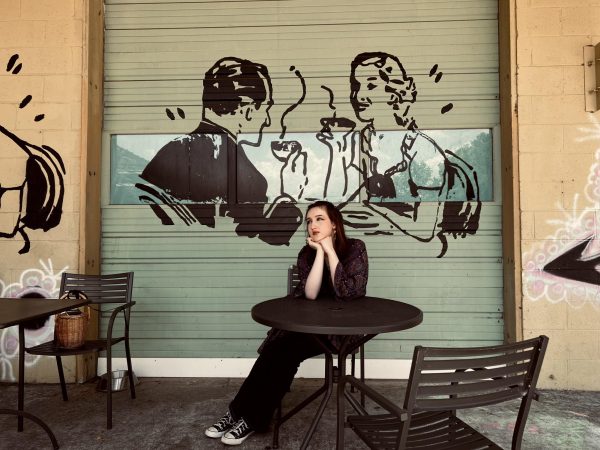Hawaiian paradise erupted into flames, and the cause remains unknown. In Lahaina, Hawaii, cadaver dogs search for human remains, and families worry for their loved ones as the wildfire’s death toll piles up. Destroyed homes and businesses coat the ground in a landscape mirroring the swift destruction of Pompeii.
As of August 8, the most deadly natural disaster in Hawaii’s history set Lahaina ablaze. The wildfire took over 100 lives, with over one thousand people still missing. The inferno now holds the title of the deadliest U.S. wildfire since the Cloquet Fire in 1918. Officials lack clarity at the moment on what ignited the flames, but weather patterns suggest that the winds of Hurricane Dora contributed to the severity in conjunction with the recent dryness of the land.

The small city of Lahaina resides in Maui: an island county in Hawaii. The town attracts tourism for its beaches, resorts and history. Unfortunately, The fire destroyed roughly 2,200 of the 150-year-old town’s buildings. With 80% of Maui’s economy running on tourism, the county now faces financial trouble, as local travel largely halted during the disaster and for the foreseeable future.
“What I can say is even though I wasn’t in Maui for a long time, the island was really beautiful, and seeing the fires that happened and all the people that have died… it’s really sad,” sophomore Priya Desai said.
The failure to activate the warning sirens on the island likely contributed to the overall destruction of the town. Although several of these alarms reside in the area, they did not sound when the fire began, leading people to stay in town during the tragedy. However, experts debate whether or not the failure of the alarms truly worsened the response. Despite the potential for quickened warnings, several of these experts assume that social media and news covered the disaster sufficiently, reducing the necessity of alarms. Regardless, the unsounded alarms will still likely haunt the minds of those who lost a loved one in the fire.
While reports reveal that the fire department fully contained the fire, locals and firefighters continue to fear flare-ups. Beyond that, aid groups such as the Red Cross and the Maui Strong Fund, in conjunction with the local government, focus on providing food, shelter and medical care to the people in need of assistance. Struggles with these endeavors— particularly in healthcare—contribute to overall harm, in part because the island holds only two hospitals, Kula Hospital and Maui Memorial Medical Center, both of which face limitations in their abilities to treat burn victims.
“We’ve had leaders all across the board helping our people. First and foremost, food and water: Over a million pounds of food have been delivered and services and supplies such as food, water, diapers and baby formula are going out,” Hawaii Governor Josh Green said.
However, the catastrophe may stand as a horrible means to a nobler end. For years, Hawaiians have pushed to limit tourism citing inflation, environmental impacts and misuse of resources that forced numerous native Hawaiians to leave their home state. Water contamination devastates the state particularly, possibly contributing to the abnormally dry conditions and drought that plagued the island as of August 8. These issues potentially exacerbated the severity of the fire.
The rebuilding efforts and subsequent concern of prospective tourists may limit future travel to Hawaii and help the native residents of the state. Although the notion that such a devastating event could bring anything positive appears inconceivable, this idea fosters hope. This hope beyond survival feels necessary as locals and groups rush to provide aid and find the lost.

















Ken Masters • Aug 26, 2023 at 6:38 PM
Well reported. A horrible event with long term consequences, but optimism for the future will hopefully drive the recovery.
Rebecca Zavala • Sep 8, 2023 at 1:36 PM
Certainly so. We at The Chant cannot imagine the long-term effects of such a paradise.